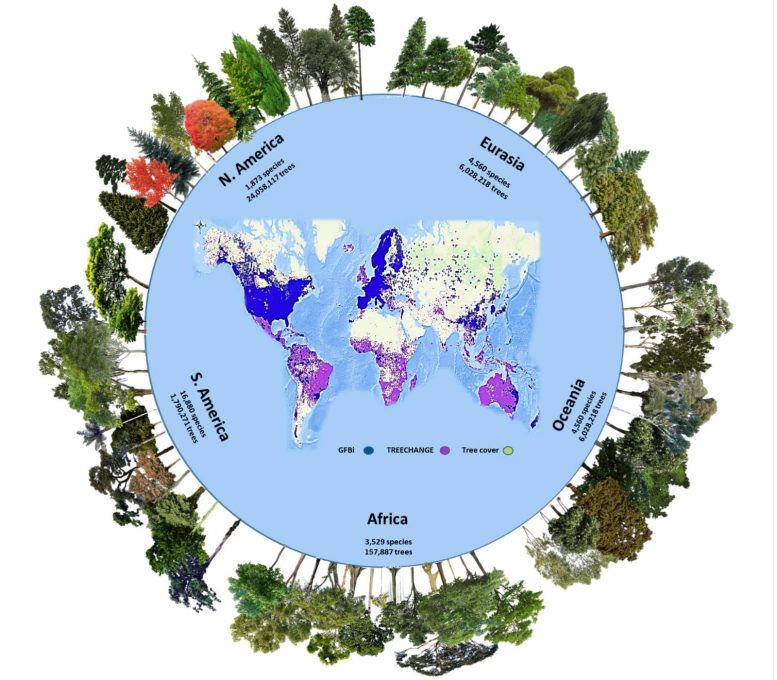
The number of tree species and individuals per continent in the Global Forest Biodiversity Initiative database, one of two databases used in the new study. GFBI data were merged with TREECHANGE data to provide the estimates in the new study. Green areas represent the global tree cover. The GFBI database contains records of about 38 million trees from 28,192 species. Depicted here are some of the most frequent species recorded in each continent. Credit: From Cazzolla Gatti et al. in PNAS, 2022
Number of Earth’s tree species estimated to be 14% higher than currently known, with some 9,200 species yet to be discovered.
A new study involving more than 100 scientists from across the globe and the largest forest database yet assembled estimates that there are about 73,000 tree species on Earth, including about 9,200 species yet to be discovered.
The global estimate is about 14% higher than the current number of known tree species. Most of the undiscovered species are likely to be rare, with very low populations and limited spatial distribution, the study shows.
That makes the undiscovered species especially vulnerable to human-caused disruptions such as deforestation and climate change, according to the study authors, who say the new findings will help prioritize forest conservation efforts.

Mixed mountain forest of Norway spruce, silver fir and European beech in the Bavarian Alps, Germany. The forest is part of a long-term experiment by the Technical University of Munich. Credit: Leonhard Steinacker, Technical University of Munich
“These results highlight the vulnerability of global forest biodiversity to anthropogenic changes, particularly land use and climate, because the survival of rare taxa is disproportionately threatened by these pressures,” said University of Michigan forest ecologist Peter Reich, one of two senior authors of a paper scheduled for publication today (January 31, 2022) in Proceedings of the National Academy of Sciences.
“By establishing a quantitative benchmark, this study could contribute to tree and forest conservation efforts and the future discovery of new trees and associated species in certain parts of the world,” said Reich, director of the Institute for Global Change Biology at U-M’s School for Environment and Sustainability.
For the study, the researchers combined tree abundance and occurrence data from two global datasets—one from the Global Forest Biodiversity Initiative and the other from TREECHANGE—that use ground-sourced forest-plot data. The combined databases yielded a total of 64,100 documented tree species worldwide, a total similar to a previous study that found about 60,000 tree species on the planet.
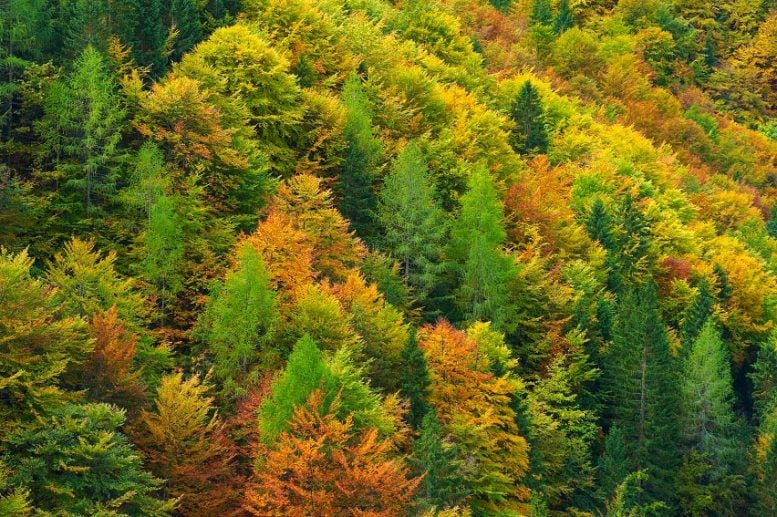
Coniferous mixed forest, Val Saisera, Italian Julian Alps, Italy. Credit: Dario Di Gallo, Regional Forest Service of Friuli Venezia Giulia, Italy
“We combined individual datasets into one massive global dataset of tree-level data,” said the study’s other senior author, Jingjing Liang of Purdue University, coordinator of the Global Forest Biodiversity Initiative.
“Each set comes from someone going out to a forest stand and measuring every single tree—collecting information about the tree species, sizes and other characteristics. Counting the number of tree species worldwide is like a puzzle with pieces spread all over the world.”
After combining the datasets, the researchers used novel statistical methods to estimate the total number of unique tree species at biome, continental and global scales—including species yet to be discovered and described by scientists. A biome is a major ecological community type, such as a tropical rainforest, a boreal forest or a savanna.

Spruce, beech and larch mixed forest, Val Raccolana, Italian Julian Alps, Italy. Credit: Dario Di Gallo, Regional Forest Service of Friuli Venezia Giulia, Italy
Their conservative estimate of the total number of tree species on Earth is 73,274, which means there are likely about 9,200 tree species yet to be discovered, according to the researchers, who say their new study uses a vastly more extensive dataset and more advanced statistical methods than previous attempts to estimate the planet’s tree diversity. The researchers used modern developments of techniques first devised by mathematician Alan Turing during World War II to crack Nazi code, Reich said.
Roughly 40% of the undiscovered tree species—more than on any other continent—are likely to be in South America, which is mentioned repeatedly in the study as being of special significance for global tree diversity.
South America is also the continent with the highest estimated number of rare tree species (about 8,200) and the highest estimated percentage (49%) of continentally endemic tree species—meaning species found only on that continent.
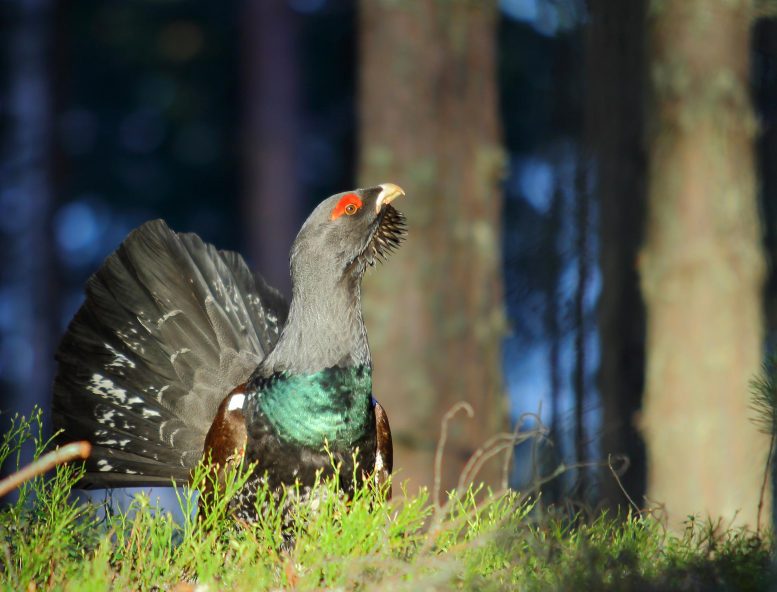
A western capercaillie (Tetrao urogallus) in a boreal forest in eastern Finland. Populations of this species, which is part of the grouse family, are declining in parts of Europe due to habitat loss. Credit: Sergio de Miguel
Hot spots of undiscovered South American tree species likely include the tropical and subtropical moist forests of the Amazon basin, as well as Andean forests at elevations between 1,000 meters (about 3,300 feet) and 3,500 meters (about 11,480 feet).
“Beyond the 27,000 known tree species in South America, there might be as many as another 4,000 species yet to be discovered there. Most of them could be endemic and located in diversity hot spots of the Amazon basin and the Andes-Amazon interface,” said Reich, who was recruited by U-M’s Biosciences Initiative and joined the faculty last fall from the University of Minnesota, where he maintains a dual appointment.
“This makes forest conservation of paramount priority in South America, especially considering the current tropical forest crisis from anthropogenic impacts such as deforestation, fires, and climate change,” he said.
Worldwide, roughly half to two-thirds of all already known tree species occur in tropical and subtropical moist forests, which are both species-rich and poorly studied by scientists. Tropical and subtropical dry forests likely hold high numbers of undiscovered tree species, as well.
“Extensive knowledge of tree richness and diversity is key to preserving the stability and functioning of ecosystems,” said study lead author Roberto Cazzolla Gatti of the University of Bologna in Italy.
Forests provide many “ecosystem services” to humanity for free. In addition to supplying timber, fuelwood, fiber and other products, forests clean the air, filter the water, and help control erosion and flooding. They help preserve biodiversity, store climate-warming carbon, and promote soil formation and nutrient cycling while offering recreational opportunities such as hiking, camping, fishing, and hunting.
Reference: “The number of tree species on Earth” by Roberto Cazzolla Gatti, Peter B. Reich, Javier G. P. Gamarra, Tom Crowther, Cang Hui, Albert Morera, Jean-Francois Bastin, Sergio de-Miguel, Gert-Jan Nabuurs, Jens-Christian Svenning, Josep M. Serra-Diaz, Cory Merow, Brian Enquist, Maria Kamenetsky, Junho Lee, Jun Zhu, Jinyun Fang, Douglass F. Jacobs, Bryan Pijanowski, Arindam Banerjee, Robert A. Giaquinto, Giorgio Alberti, Angelica Maria Almeyda Zambrano, Esteban Alvarez-Davila, Alejandro Araujo-Murakami, Valerio Avitabile, Gerardo A. Aymard, Radomir Balazy, Chris Baraloto, Jorcely G. Barroso, Meredith L. Bastian, Philippe Birnbaum, Robert Bitariho, Jan Bogaert, Frans Bongers, Olivier Bouriaud, Pedro H. S. Brancalion, Francis Q. Brearley, Eben North Broadbent, Filippo Bussotti, Wendeson Castro da Silva, Ricardo Gomes César, Goran Cešljar, Víctor Chama Moscoso, Han Y. H. Chen, Emil Cienciala, Connie J. Clark, David A. Coomes, Selvadurai Dayanandan, Mathieu Decuyper, Laura E. Dee, Jhon Del Aguila Pasquel, Géraldine Derroire, Marie Noel Kamdem Djuikouo, Tran Van Do, Jiri Dolezal, Ilija Ð. Ðordevic, Julien Engel, Tom M. Fayle, Ted R. Feldpausch, Jonas K. Fridman, David J. Harris, Andreas Hemp, Geerten Hengeveld, Bruno Herault, Martin Herold, Thomas Ibanez, Andrzej M. Jagodzinski, Bogdan Jaroszewicz, Kathryn J. Jeffery, Vivian Kvist Johannsen, Tommaso Jucker, Ahto Kangur, Victor N. Karminov, Kuswata Kartawinata, Deborah K. Kennard, Sebastian Kepfer-Rojas, Gunnar Keppel, Mohammed Latif Khan, Pramod Kumar Khare, Timothy J. Kileen, Hyun Seok Kim, Henn Korjus, Amit Kumar, Ashwani Kumar, Diana Laarmann, Nicolas Labrière, Mait Lang, Simon L. Lewis, Natalia Lukina, Brian S. Maitner, Yadvinder Malhi, Andrew R. Marshall, Olga V. Martynenko, Abel L. Monteagudo Mendoza, Petr V. Ontikov, Edgar Ortiz-Malavasi, Nadir C. Pallqui Camacho, Alain Paquette, Minjee Park, Narayanaswamy Parthasarathy, Pablo Luis Peri, Pascal Petronelli, Sebastian Pfautsch, Oliver L. Phillips, Nicolas Picard, Daniel Piotto, Lourens Poorter, John R. Poulsen, Hans Pretzsch, Hirma Ramírez-Angulo, Zorayda Restrepo Correa, Mirco Rodeghiero, Rocío Del Pilar Rojas Gonzáles, Samir G. Rolim, Francesco Rovero, Ervan Rutishauser, Purabi Saikia, Christian Salas-Eljatib, Dmitry Schepaschenko, Michael Scherer-Lorenzen, Vladimír Šeben, Marcos Silveira, Ferry Slik, Bonaventure Sonké, Alexandre F. Souza, Krzysztof Jan Sterenczak, Miroslav Svoboda, Hermann Taedoumg, Nadja Tchebakova, John Terborgh, Elena Tikhonova, Armando Torres-Lezama, Fons van der Plas, Rodolfo Vásquez, Helder Viana, Alexander C. Vibrans, Emilio Vilanova, Vincent A. Vos, Hua-Feng Wang, Bertil Westerlund, Lee J. T. White, Susan K. Wiser, Tomasz Zawila-Niedzwiecki, Lise Zemagho, Zhi-Xin Zhu, Irié C. Zo-Bi, and Jingjing Liang, 31 January 2022, Proceedings of the National Academy of Sciences.
DOI: 10.1073/pnas.2115329119
More than 100 scientists from research groups around the world are co-authors of the PNAS study. Funding was provided by dozens of grants from various sources to the consortia of co-authors.


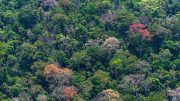

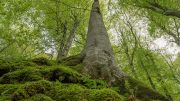
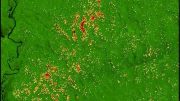



Be the first to comment on "Huge New Study Estimates There Are 9,200 Tree Species on Earth Yet To Be Discovered"